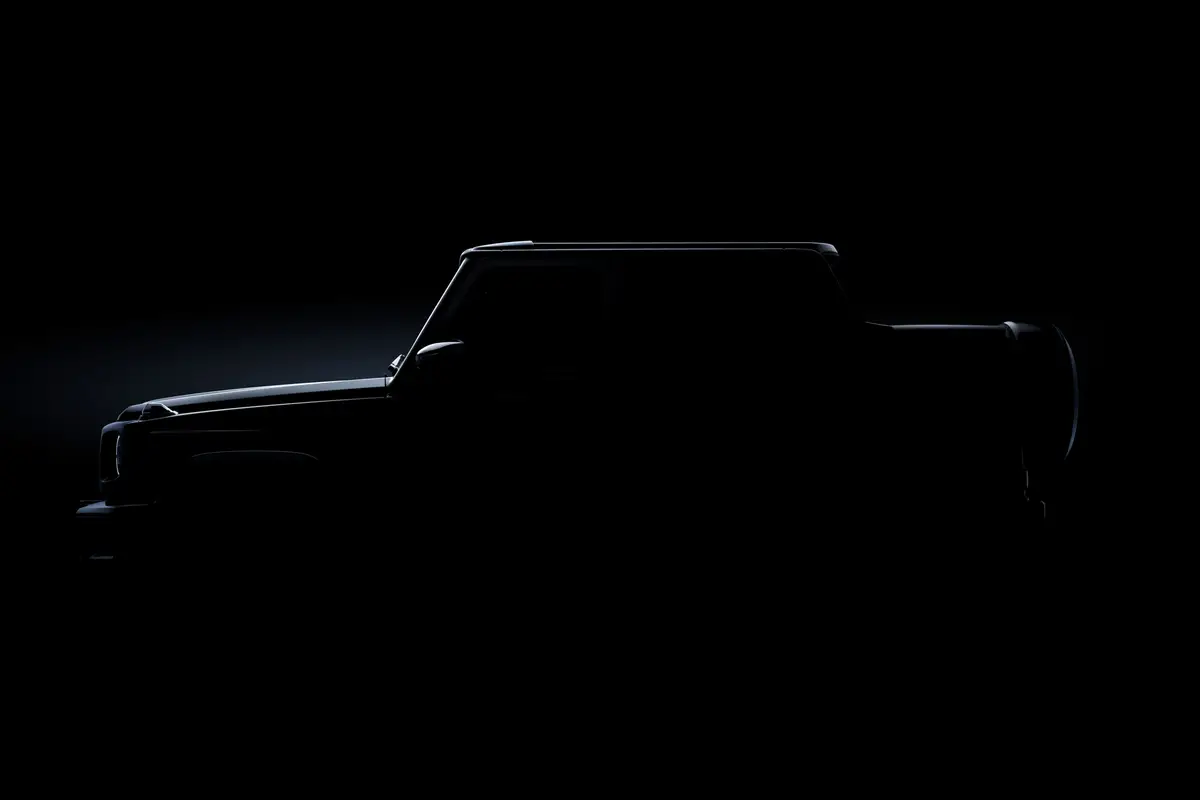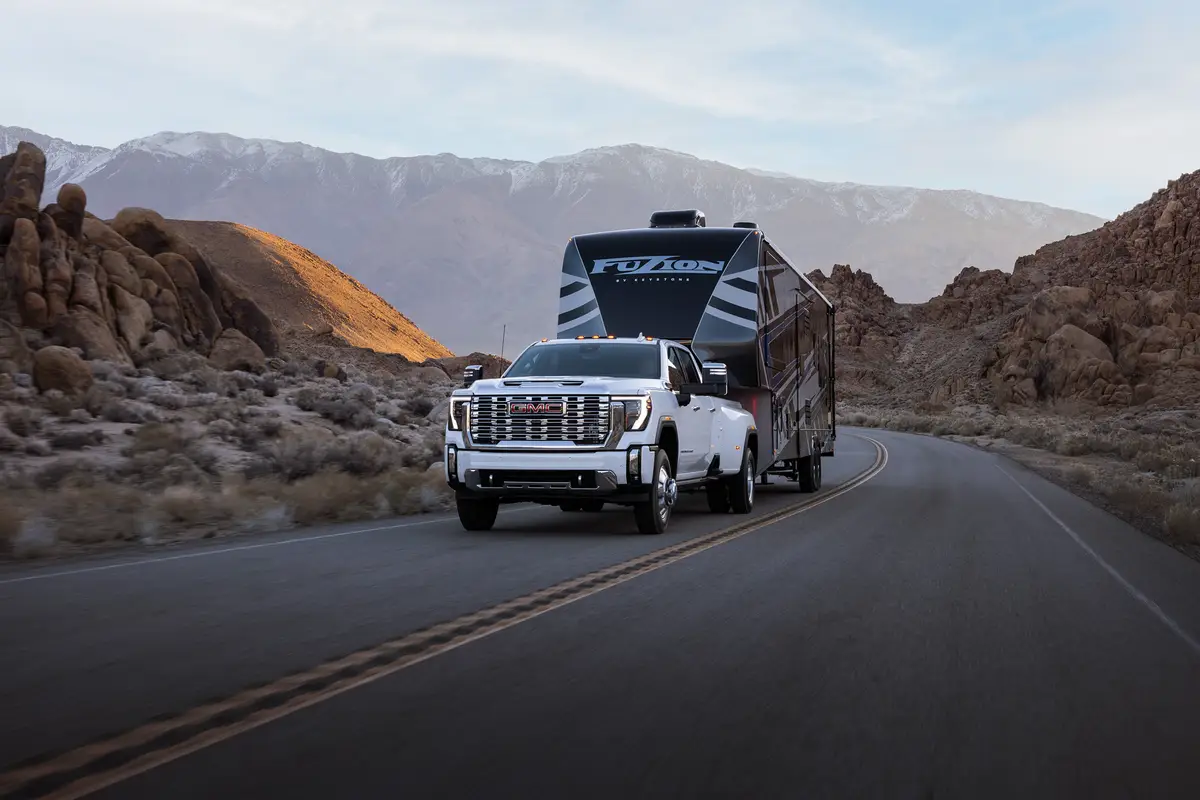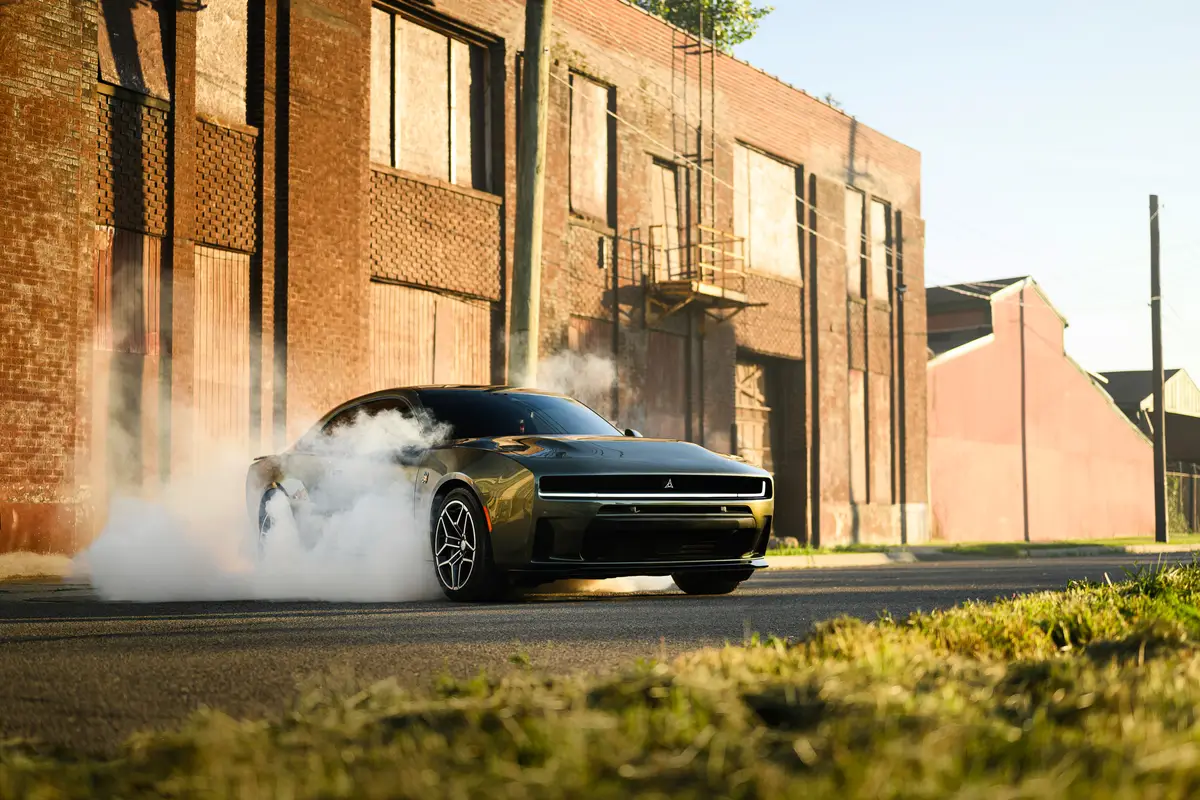washingtonpost.com's view
We left New York City via the Lincoln Tunnel on a Sunday evening threatened by rain. The circumstances brought forth the worst in drivers. People were in a mood to crash.
Motorists jockeyed for position at the tunnel’s entrance, squeezing out the more timid rivals among them, or taking advantage of those naive enough to believe that laws governed the traffic’s movement.
It would have been good to be in an intimidator-mobile, something brutishly big and ugly. Bullies respect power. But ours was one of Middle America’s favorite chariots — the 2001 Buick Regal GS Olympic Edition. Even worse, it was metallic gold and affixed with Michigan license plates.
Nobody respects Michigan in New York, and everybody knows that Buicks and road rage don’t mix. At least it seemed that way. So many people drove at us and cut us off, we felt like crash-test dummies. Some motorists appeared to be laughing as they nudged our rear bumper. But all of that ended after we exited the tunnel.
We didn’t fight back. We ran — fast.
The Regal GS is equipped with one of the best internal-combustion engines available, the 3800 SFI Series II supercharged V-6, which develops 240 horsepower at 5,200 revolutions per minute. The supercharger is a pump that packs more air into the engine’s combustion chambers, creating a denser, more powerful air-fuel mix. It effectively turns a family carrier into a high-performance car.
And so we ran, trying to stay away from the bumper bandits without falling into the hands of the police. We continued this high-speed balancing act until the rain came.
Unfortunately, though, it was more mist than rain. Mist is bad stuff. It obscures vision and clings to the road, where it mixes with oils to create the practical equivalent of a skid pad. It’s hard to keep your grip on a skid pad, even at slower highway speeds of 55 to 60 mph. I was the driver at that point. I almost lost it.
It was a lane-change thing. I tried to move to the center lane from the right lane to evade an 18-wheeler crowding my rear. I signaled my intentions and visually checked for center space, but apparently I didn’t check well enough. What appeared to be a Mazda Miata roadster sped up the center out of the mist.
I stomped on the Regal GS’s brake pedal. Power anti-lock four-wheel disc brakes are standard on this front-wheel-drive car. I stayed on the brakes as they went through their automatic pumping routine, electronically apportioning enough braking pressure to slow the car without locking its wheels.
I didn’t hit the Miata, but I went into a skid for what appeared to be forever. The Regal GS was headed toward that right-lane truck, and I thought: This is how people die on the road. I also remembered recent driving instructions — to look for an escape route, to look away from the object you are in danger of hitting and try to steer around it. Luckily, enough space opened up at the right time in the center lane for me to successfully execute that maneuver.
The Regal GS’s body yawed more than I liked during that frightening event. But it was was ultimately controllable. Credit here goes to the General Motors Corp. engineers who designed a four-wheel independent suspension system capable of handling radical weight transfers in a midsize car of 3,543 pounds. The car’s traction-control system, in conjunction with good 16-inch tires, also helped.
I don’t know how the Regal GS’s dual front and side air bags would have functioned, and frankly, having escaped the crash, I have no regrets about that ignorance. Happiness is not getting hit. But the seat belts worked for me and my front-seat passenger, grabbing us and holding us firmly in place during braking and skidding.
I have an idea of how things might have turned out had we not buckled up, but it’s too scary to contemplate. All I know is that the ne time I drive away from New York, I’m departing by way of the George Washington Bridge — and in good weather.
Latest news



